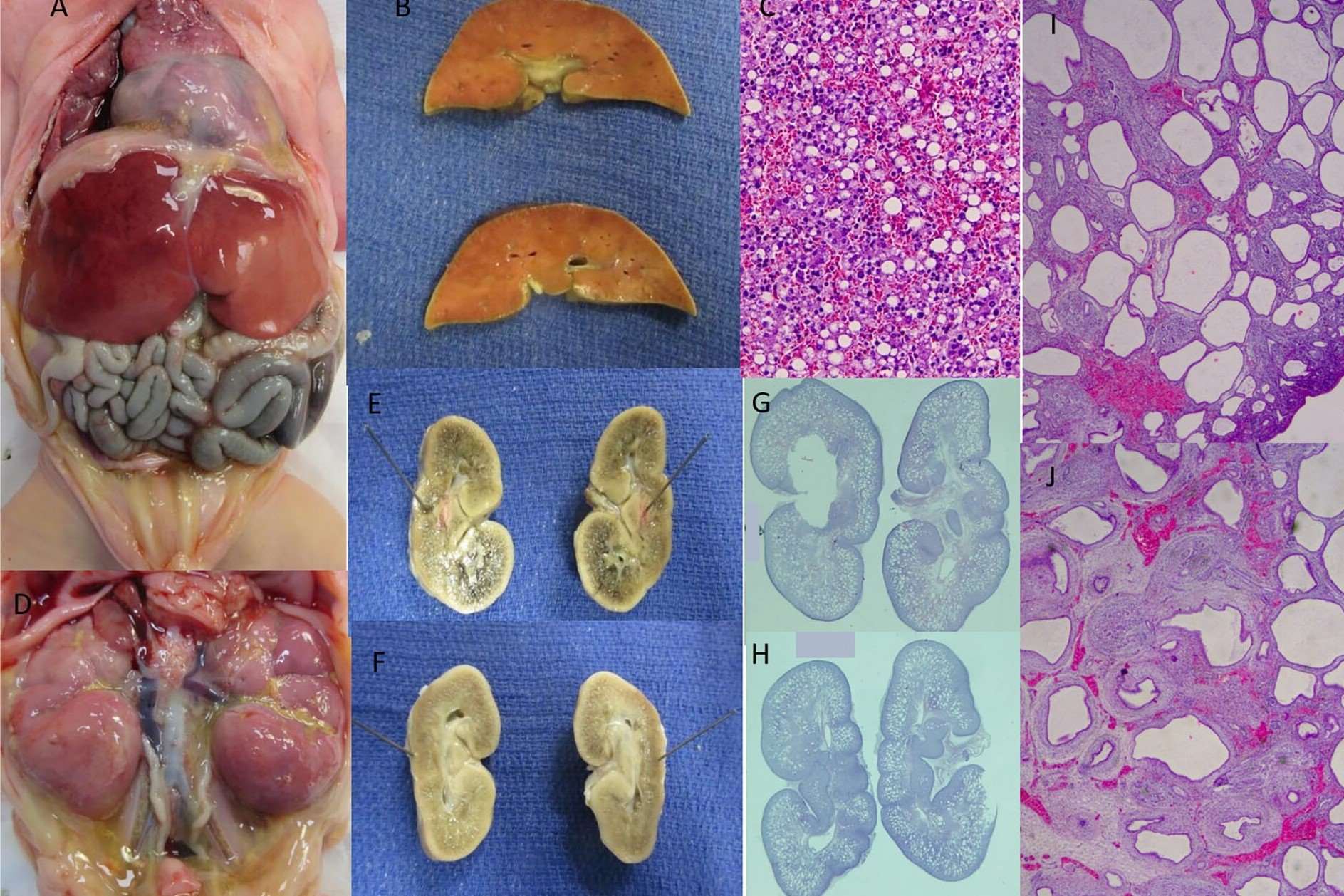
Renal adysplasia dominant type is a rare genetic condition affecting kidney development. What exactly is renal adysplasia dominant type? Renal adysplasia refers to the abnormal formation of kidneys, where they are underdeveloped or malformed. This condition is inherited in an autosomal dominant pattern, meaning only one copy of the altered gene is needed to cause the disorder. Individuals with this condition often experience reduced kidney function, which can lead to various health complications. Symptoms may include high blood pressure, urinary tract infections, and kidney failure. Understanding the genetic basis and potential health impacts of renal adysplasia dominant type is crucial for managing the condition effectively.
Key Takeaways:
- Renal adysplasia dominant type is a rare genetic disorder affecting kidney development, leading to high blood pressure, kidney pain, and urinary tract infections. It requires careful management and can lead to kidney failure.
- Genetic testing and prenatal diagnosis are crucial for early detection of renal adysplasia dominant type. Regular monitoring, medications, and lifestyle changes can help manage symptoms and improve quality of life.
What is Renal Adysplasia Dominant Type?
Renal adysplasia dominant type is a rare genetic disorder affecting kidney development. It can lead to various complications and requires careful management. Here are some intriguing facts about this condition.
-
Genetic Basis: This disorder is inherited in an autosomal dominant pattern, meaning only one copy of the altered gene is needed to cause the condition.
-
Kidney Development: It affects the normal development of kidneys, leading to underdeveloped or malformed kidneys.
-
Symptoms: Common symptoms include high blood pressure, kidney pain, and urinary tract infections.
-
Diagnosis: Doctors often use ultrasound, MRI, or CT scans to diagnose this condition.
-
Prevalence: It is a rare condition, affecting approximately 1 in 10,000 to 1 in 50,000 newborns.
Causes and Risk Factors
Understanding the causes and risk factors can help in early detection and management of renal adysplasia dominant type.
-
Genetic Mutation: Mutations in specific genes like PAX2 are often responsible for this condition.
-
Family History: A family history of renal disorders increases the risk of developing this condition.
-
Environmental Factors: Exposure to certain environmental factors during pregnancy can also contribute to the development of this disorder.
-
Maternal Health: Poor maternal health and certain medications during pregnancy can increase the risk.
-
Prenatal Testing: Genetic testing during pregnancy can help identify the risk of this condition in the unborn child.
Symptoms and Complications
The symptoms and complications of renal adysplasia dominant type can vary widely among affected individuals.
-
High Blood Pressure: Many individuals with this condition develop high blood pressure early in life.
-
Kidney Pain: Chronic kidney pain is a common symptom due to the malformation of the kidneys.
-
Urinary Tract Infections: Frequent urinary tract infections are often seen in affected individuals.
-
Growth Retardation: Children with this condition may experience growth retardation and developmental delays.
-
Kidney Failure: In severe cases, it can lead to kidney failure, requiring dialysis or a kidney transplant.
Diagnosis and Testing
Accurate diagnosis is crucial for managing renal adysplasia dominant type effectively.
-
Ultrasound: Ultrasound is often the first imaging test used to detect kidney abnormalities.
-
MRI and CT Scans: These imaging techniques provide detailed images of the kidneys and help in diagnosis.
-
Genetic Testing: Genetic testing can confirm the presence of mutations associated with this condition.
-
Blood Tests: Blood tests can help assess kidney function and detect any related complications.
-
Prenatal Diagnosis: Prenatal diagnosis through amniocentesis or chorionic villus sampling can identify the condition before birth.
Treatment and Management
While there is no cure for renal adysplasia dominant type, various treatments can help manage the symptoms and complications.
-
Medications: Medications to control high blood pressure and treat infections are commonly prescribed.
-
Dialysis: In cases of kidney failure, dialysis may be necessary to perform the functions of the kidneys.
-
Kidney Transplant: A kidney transplant may be required for individuals with severe kidney failure.
-
Regular Monitoring: Regular monitoring of kidney function and blood pressure is essential for managing the condition.
-
Lifestyle Changes: Adopting a healthy lifestyle, including a balanced diet and regular exercise, can help manage symptoms and improve quality of life.
Final Thoughts on Renal Adysplasia Dominant Type
Renal adysplasia dominant type is a rare condition affecting kidney development. Understanding its genetic roots helps in early diagnosis and better management. Symptoms can vary, but common ones include high blood pressure, kidney pain, and urinary issues. Regular check-ups and genetic counseling are crucial for those with a family history. Treatment focuses on managing symptoms and preventing complications. Advances in medical research offer hope for improved therapies. Awareness and education about this condition can lead to better outcomes for patients and families. By staying informed and proactive, individuals can navigate the challenges of renal adysplasia dominant type more effectively. Remember, knowledge is power when dealing with any health condition. Stay curious, stay informed, and take charge of your health journey.
Frequently Asked Questions
Was this page helpful?
Our commitment to delivering trustworthy and engaging content is at the heart of what we do. Each fact on our site is contributed by real users like you, bringing a wealth of diverse insights and information. To ensure the highest standards of accuracy and reliability, our dedicated editors meticulously review each submission. This process guarantees that the facts we share are not only fascinating but also credible. Trust in our commitment to quality and authenticity as you explore and learn with us.
